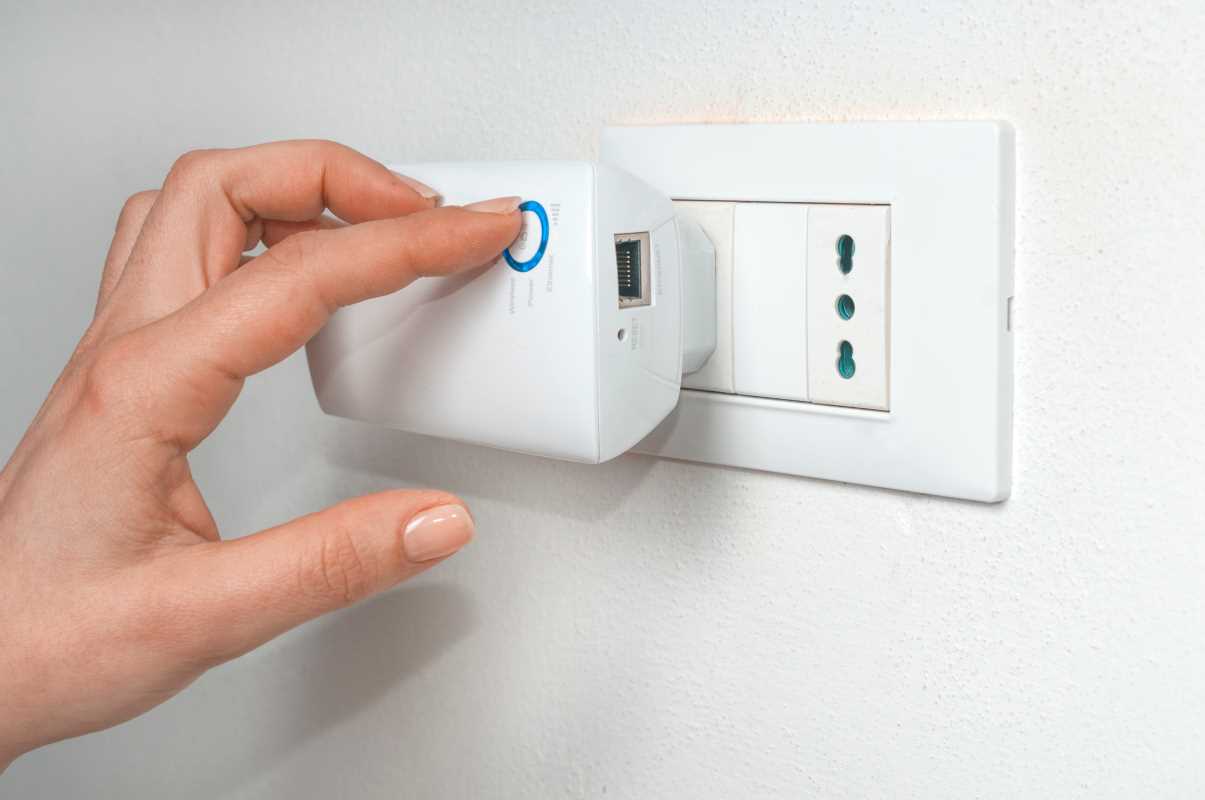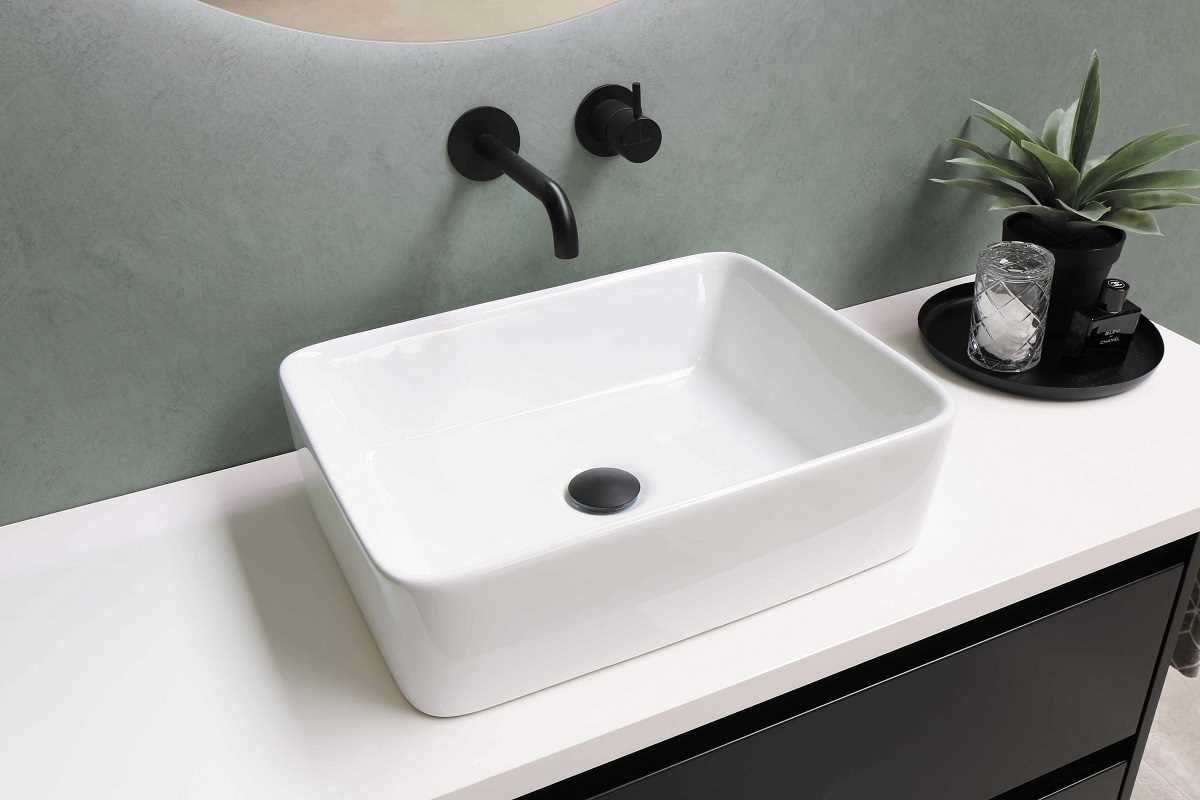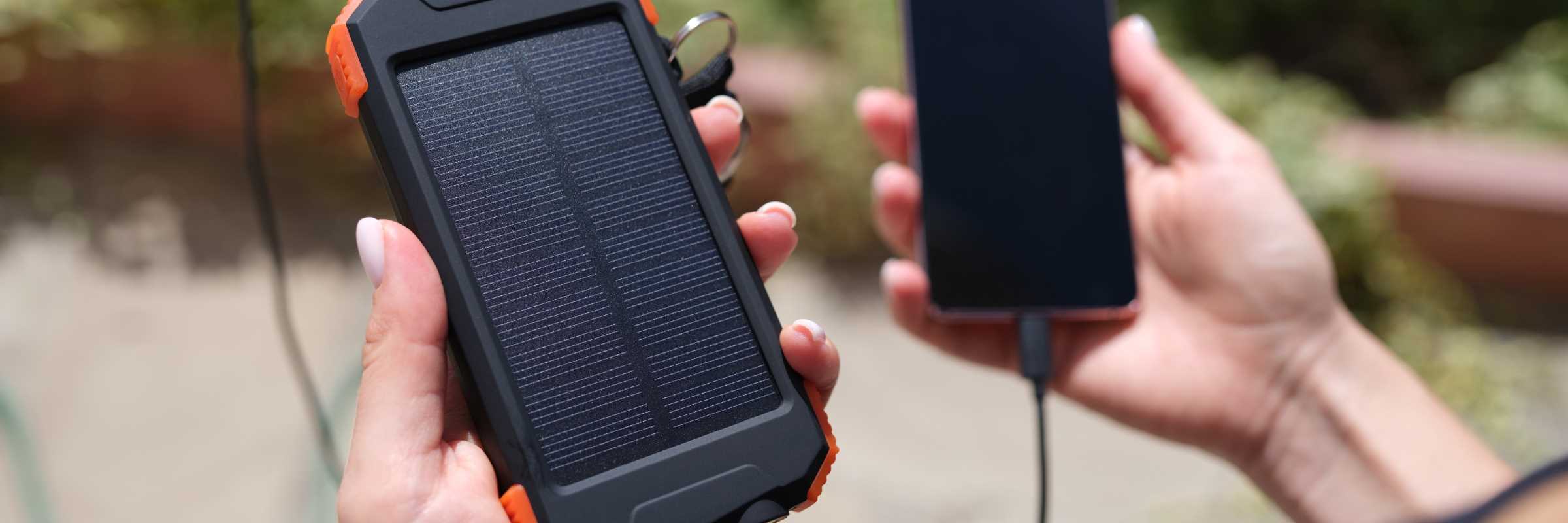Getting frustrated with sluggish internet speeds or weak Wi-Fi signals around your home? You're not alone. Dead zones are areas where the internet signal just doesn’t reach. They can be a huge inconvenience because we rely on reliable Wi-Fi to watch movies, play games, and work from home. Whatever you do, working Wi-Fi is a must-have. Thankfully, improving your Wi-Fi signal doesn't always mean replacing your entire network system. A few adjustments and the right equipment, like Wi-Fi extenders, can make all the difference.
We’ll explore some practical ways to improve your Wi-Fi coverage and highlight top-tier products that can boost your network performance. We’ll also give you a few tips on how you can adjust your router to improve performance without making any purchases.
What is a Wi-Fi Extender, and Why Do You Need One?
Before we get into anything, let’s explain what a Wi-Fi extender is and how it works. Wi-Fi extenders (sometimes called range extenders) are devices designed to amplify and extend your wireless signal to areas your router can’t cover. They connect to your existing Wi-Fi network and rebroadcast the signal, effectively widening the coverage area. This is particularly useful for larger homes where walls, floors, or other obstacles block the Wi-Fi signal from reaching every corner.
Buying one may not be easy. There’s a flood of products on the market that boast of fixing your signal, but these have proven to actually do just that.
TP-Link AX3000 Mesh Wi-Fi 6 Extender (RE715X)
The TP-Link AX3000 is a high-performance Wi-Fi extender designed to eliminate dead zones and provide seamless connectivity. With dual-band Wi-Fi 6 technology, it delivers impressive speeds and integrates effortlessly into a mesh network using TP-Link’s OneMesh technology. Its 160MHz bandwidth support ensures faster data transmission, making it perfect for high-demand activities like streaming and gaming.
- Dual-band Wi-Fi 6 with speeds up to 2402 Mbps (5GHz) and 574 Mbps (2.4GHz).
- OneMesh compatibility for seamless integration with TP-Link routers.
- 160MHz bandwidth support for faster data transmission.
- Easy setup with the TP-Link Tether app.
- Compact design for convenient placement.
- Pricing starting at $110-$120.
TP-Link RE600X AX1800 Wi-Fi 6 Range Extender
The TP-Link RE600X is a budget-friendly yet powerful Wi-Fi extender that supports dual-band Wi-Fi 6. It features a built-in gigabit Ethernet port, and it and can also double as a wired access point for devices like gaming consoles or smart TVs.
- Dual-band Wi-Fi 6 with speeds up to 1.8Gbps.
- OneMesh compatibility for creating a mesh network.
- Universally compatible with most devices, including new AX phones.
- Simple setup via the TP-Link Tether app.
- Compact wall-plug design.
- Pricing starting at $60.
Netgear AX1800 Wi-Fi 6 Mesh Extender (EAX15)
The Netgear EAX15 is a reliable and easy-to-use Wi-Fi extender. It seamlessly integrates with your existing router to create a powerful mesh W-iFi 6 system, offering enhanced capacity, lightning-fast speeds, and broader coverage.
- Dual-band Wi-Fi 6 with speeds up to 1.8Gbps.
- Two internal antennas for strong signal coverage.
- Multi-user (MU-MIMO) technology for simultaneous multi-device connectivity.
- Single SSID for seamless roaming across the network.
- Easy setup with the Nighthawk app.
- Pricing starting at $90.
D-Link Aquila Pro AI AX3000 Wi-Fi 6 Smart Mesh Extender (E30)
The D-Link Aquila Pro AI uses artificial intelligence to your advantage and specifically caters to modern homes that use multiple smart home devices.
- Dual-band Wi-Fi 6 with speeds up to 3Gbps.
- Unique 360-degree spherical antenna configuration for whole-home coverage.
- AI-based traffic optimization for prioritizing important devices.
- WPA3 encryption for enhanced network security.
- Built-in gigabit Ethernet port for wired connections.
- Easy setup with the Aquila Pro AI app.
- Pricing starting at $81.
Asus RP-AX58 AX3000 Dual Band Range Extender
Some networking products don’t work well with other brands, but the Asus RP-AX58 focuses on compatibility with nearly every other Wi-Fi router on the market. It truly makes it stand out among the rest.
- Dual-band Wi-Fi 6 with speeds up to 3000Mbps.
- AiMesh compatibility for seamless integration with Asus routers.
- Compact design with external antennas for better range.
- Easy setup with the Asus Router app.
- Supports high-bandwidth activities like streaming and gaming.
- Pricing starting at $100
Key Features of a Good Wi-Fi Extender
Choosing a Wi-Fi extender can feel difficult with so many technical terms thrown around. Here's a breakdown of the most important features to look for:
- Compatibility: Ensure the extender supports your router’s Wi-Fi standard (e.g., Wi-Fi 5 or Wi-Fi 6). Although it isn’t necessary, you may also consider getting an extender from the same brand as your current router to make setting up easier.
- Dual-Band Capability: The option to use both 2.4GHz (longer range) and 5GHz (faster speed) is a given, but what about speed? The speed options for each are worth noting, depending on what you plan to do while connected.
- Signal Strength and Coverage: Look for devices with strong amplification to cover large areas, especially for those who have a large backyard or home.
- Number of Antennas: External or well-integrated antennas can improve the range and stability of the signal.
- Ease of Setup: Many extenders come with app-guided setups and signal indicators to help you find the optimal placement.
- Mesh Networking Support: This ensures seamless connectivity with a single SSID when paired with compatible routers.
- Gigabit Ethernet Ports: A dedicated port allows for creating wired connections, improving stability for high-demand devices like gaming consoles.
General Tips to Improve Your Wi-Fi Signal
Sometimes, improving your Wi-Fi doesn’t even require new equipment, or maybe you’ll purchase new equipment, and there are still dead spots. It might be the location of your equipment. Here are some practical steps you can take to boost your network’s performance:
- Reposition Your Router: Place the router in a central, elevated location where walls, appliances, or other obstructions don’t block the signal. Higher placement often improves coverage.
- Upgrade Router Antennas: Some routers allow you to replace standard antennas with high-gain ones for better reach.
- Change Wi-Fi Channel: If you live in an area with many neighboring networks, you can switch your router to a less congested channel.
- Consider a Mesh Network: If a range extender isn’t enough, consider upgrading to a mesh network. Mesh systems like the D-Link Aquila Pro AI provide consistent coverage throughout the home.
 (Image via
(Image via





